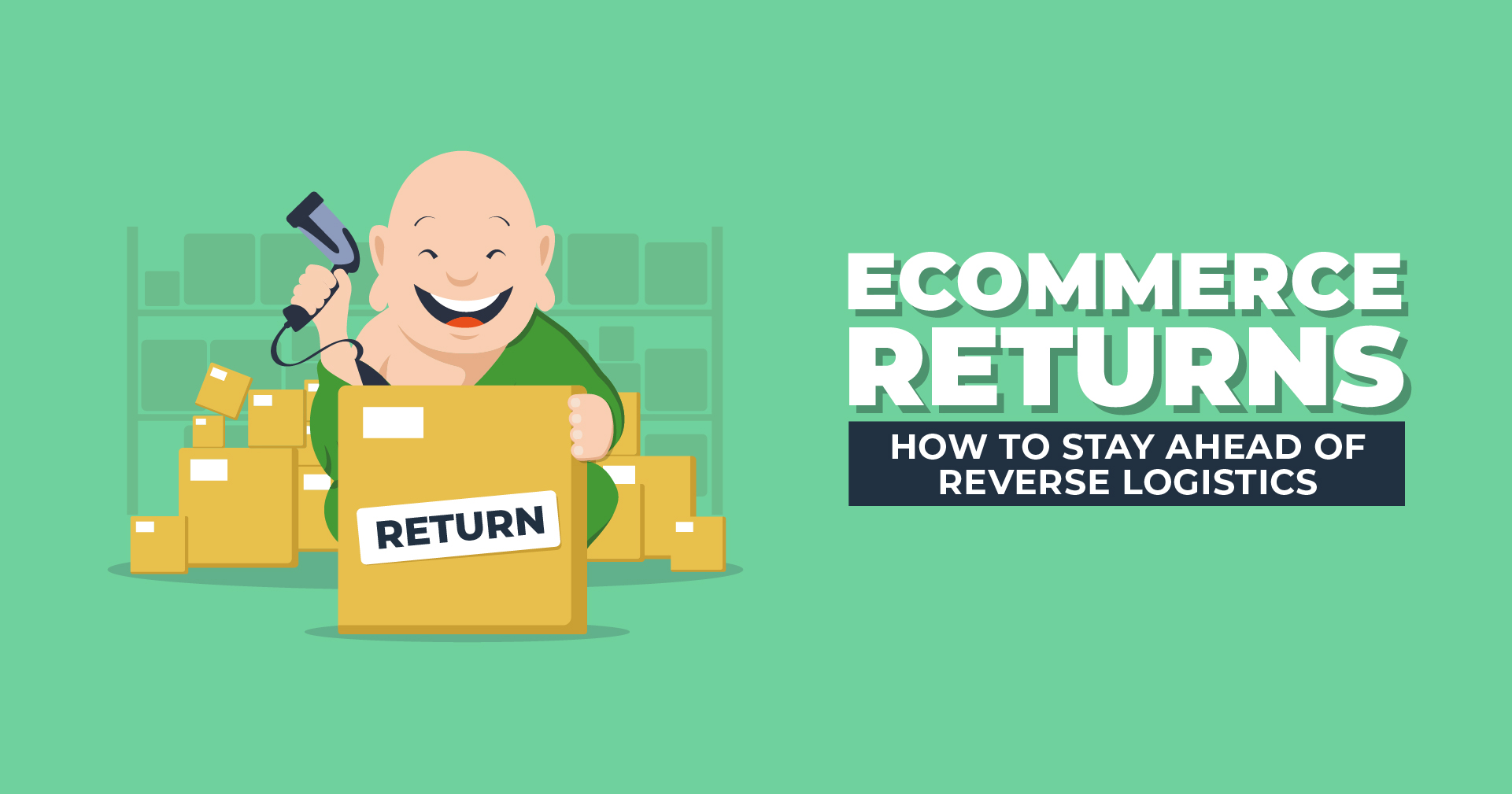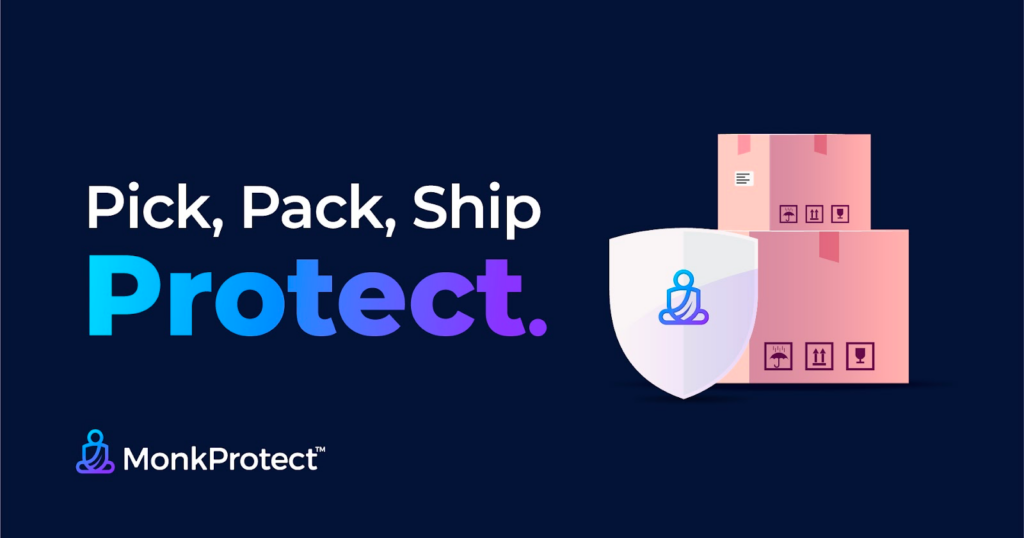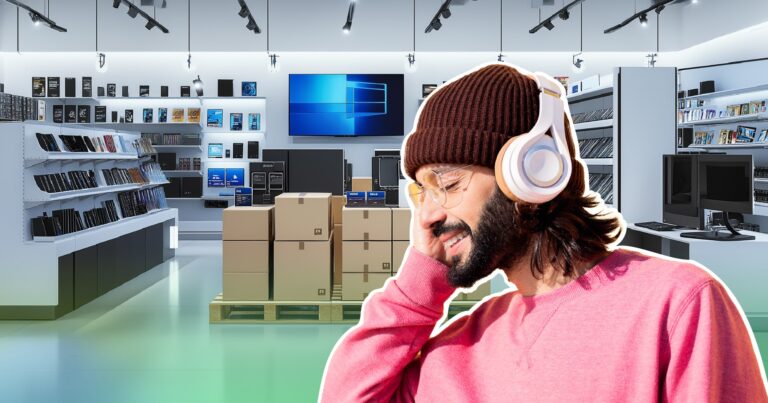Ecommerce Returns – How to Stay Ahead of Reverse Logistics
Anyone who owns an ecommerce brand has unwittingly been through a crash course in ecommerce logistics. Forward logistics, or the process of moving a product through the supply chain from the manufacturer to the end customer, is a process most startups don’t worry about until it becomes a problem. They start out by handling fulfillment manually, but quickly learn that speed, efficiency, accuracy, partnerships, and scalability are essential to the success of their ecommerce business. That’s when they decide to outsource logistics to the fulfillment experts, third-party logistics (3PL) providers.
But what about reverse logistics? What’s the best way to handle ecommerce returns? Nobody ever told you about that! Well, you’re in luck, because that’s exactly what we’re going to cover today.

What is Reverse Logistics?
If ecommerce logistics is the process of moving goods forward through the supply chain from the makers to the customers, then it follows that reverse logistics is the opposite. Yes, reverse logistics is the process of returning goods to the seller or manufacturer. Ecommerce returns are usually initiated by the customer for one reason or another, but the process of refunding the purchase price and recovering the goods is the responsibility of the ecommerce brand or retailer.
When you consider that over 20% of ecommerce orders are returned, you realize the importance of managing the reverse logistics process efficiently. This number rises to 30% or more during the peak holiday season. Globally, the reverse logistic market is expected to grow from $635.6 billion in 2020 to $958.3 billion in 2028. To make matters worse, many ecommerce businesses don’t budget for the labor-intensive process of managing returns because they don’t think of them as part of the sales process.
Without a returns process in place and a dedicated team for handling them, the cost of sorting, reworking and returning merchandise to inventory will erode margins. Once these businesses realize the true cost of a return, the pressure is on their sales, merchandising, and fulfillment teams to provide customers with accurate information, prevent mistakes, and improve operations to reduce their return rate.
Who Manages Ecommerce Returns?
Just as with forward logistics, most ecommerce brands start out by manually handling their own returns — after all, there aren’t going to be that many, right? As orders increase and the returns pile up, they realize that they need a faster way to authorize returns, refund customers, offer exchanges, handle the physical merchandise being returned, and handle customer complaints. The good news is that help is available.
There are software apps you can add to your storefront that make returns easier for customers and less painful for your ecommerce business. There are also companies out there that exist just to handle your returns. And lastly, the same 3PL that handles your order fulfillment may also be able to handle your reverse logistics. You tell them what to do and they do it.

Reverse Logistics Process
If you want your ecommerce reverse logistics process to run as smoothly as your order fulfillment logistics, there are five steps you need to consider.
1. Customer initiation
2. Return authorization
3. Shipping
4. Processing of Refund/Credit/Exchange
5. Inspection and reprocessing or disposal of returned merch
Let’s look at these steps one by one, and discuss your options for handling each step.
1. Customer Initiation
In most cases, the returns process begins when your customer receives their package and something is wrong: it doesn’t fit, it’s the wrong size or color, it’s damaged, or the wrong item was sent. Returns are gonna happen, whether you make them easy or hard, so the easier you make this process, the happier your customer will be.
A return label enclosed in the package with step-by-step instructions makes it easy for customers to initiate a return without involving a customer service rep, but many businesses are turning away from this option for environmental reasons. The same information can be communicated in a post-purchase email, on your customer support web page, or on a branded tracking page where customers go to check their order status. Instructions can send them to a self-service returns portal, where they can initiate their return and get shipping instructions — still without involving customer support. What’s more, with the right software, this dedicated section of your website can be used to cross-sell or upsell merchandise to customers in exchange for a return.
But what happens if the customer never receives the package — that is, it got lost in transit, could not be delivered for some reason, or was the victim of porch pirates? That’s where insurance comes in. Most shipping companies offer add-on insurance for valuable packages, but they only cover shipping mishaps. Likewise, some 3PLs offer fulfillment insurance but don’t cover shipping mishaps or theft. To solve this problem, ShipMonk introduced MonkProtect, a first-of-its-kind post-purchase solution that lets customers safeguard delivery of their ecommerce orders by paying a small additional fee during checkout.
With MonkProtect, customers can access a branded tracking page to track their order. If an order is lost, damaged, stolen, or arrives incorrectly, MonkProtect’s Automated Claims Portal allows them to promptly report the problem and achieve a faster resolution through this automated solution. Even better, to streamline the process, claims are all managed directly within the ShipMonk App.

2. Return Merchandise Authorization
Before you give your customer their money back, you’ll want to find out who they are and why they’re returning the item. This step reduces fraud and flags frequent returners and credit risks. But since most returns are for legitimate reasons (including those customers who deliberately bought 3 so they could return 2), you can speed things up by automating the authorization process. Smaller companies may still be able to authorize returns manually, but as order volume rises it makes sense to invest in a Return Merchandise Authorization (RMA) solution to optimize the process.
Shopify states that 60% of returns are due to wrong size or color, a problem that can be solved with an on-the-spot exchange, assuming you have the technology. These systems take the customer through a few questions to identify the reason for the return, let them select their method (whether they want a refund, credit or exchange, and where to drop it off). The system either automatically approves the transaction and creates a shipping label, or flags questionable transactions for closer inspection.
In addition to improving the customer experience, some third-party RMA solutions (Loop, Happy Returns, Returnly, etc.) encourage exchanges or store credits in lieu of a refund, thereby turning a return back into revenue. ShipMonk’s MonkProtect program offers its own easy-to-use RMA system within the app, and integrates fully with these third-party solutions.
3. Shipping
Once the return has been authorized, the customer needs to ship the item back to you (or whoever’s handling your returns). They’ll need a shipping label with a barcode, or a QR code that enables the customer or the shipping carrier to print a label and track the return. They’ll also need instructions on how to pack the item and where to drop it off. Most common drop-off locations will be a UPS, FedEx or USPS office, but there are other options.
Offering customers the option to drop returns off at a brick and mortar location can reduce or eliminate shipping costs. Don’t have brick-and-mortar locations? No problem. Happy Returns, for example, is an RMA solution that lets customers drop returns off at thousands of participating retail “return bars” across the US, and aggregates shipments going to the same location to reduce shipping costs.

4. Processing of Refund/Credit/Exchange
The safest way to handle a return and prevent loss is to issue a refund once the returned merchandise has been received, examined, and found to be in good condition. If you’re authorizing returns and refunding customers manually, the process can take weeks. This causes frustration for the customer and gives them way too much time to find the same product elsewhere. Again, you can’t stop the return, but you can prevent the negative repercussions. Many steps of this process can be automated, including authorization, reshipments and/or exchanges, and refunds.
One solution is to let your 3PL handle returns for you. ShipMonk handles returns for hundreds of ecommerce brands. The advantage of working with your own 3PL, is that they already know and understand the unique needs of your brand. You decide how returns and refunds should be handled, and our dedicated team follows your instructions to the letter. You can choose to automatically issue a refund as soon as the return label is scanned by the shipping carrier, or you can wait until the item is returned and inspected. MonkProtect claims are processed within 48 hours on average. If a package is lost, a reshipment is automatically triggered the instant the claim is approved. You can decide when to issue a refund,
Additional third-party RMA solutions can set your business apart. Returnly is an RMA system that issues a store credit even before the item is scanned. They (not you) assume the risk that the customer might not return the item. Want to avoid the refund process altogether? Loop is another RMA system that lets you present a storefront of alternative items in your branded returns portal. Customers can exchange their return for a different item on the spot, eliminating the need for a refund. These third-party apps are directly integrated with ShipMonk’s 3PL platform to automate your returns process while driving more exchanges and fewer refunds.

5. Inspection and Processing of Returned Merch
When you or your returns management company/3PL receives the returned item, what do you do with it? You’d better have a plan in place or you’ll quickly be overwhelmed with questions, confusion, and piles of once-valuable merchandise. The purpose of the reverse logistics process is to squeeze every possible dollar value out of the merchandise that comes back to you.
ShipMonk, for example, has dedicated return management teams that are trained to know exactly how to handle returns for each brand. The process starts with an inspection to determine whether the item is suitable for resale. Working off of clear instructions from the brand on what to do in every imaginable situation, the team either rebags and retags the items to get them back on the shelf, or sorts them for recycling, donation or disposal. We can also ship them back to the seller or manufacturer.
Ecommerce Returns Best Practices
As this crash course on reverse logistics has taught us, it pays to manage the process efficiently. There’s no getting out of it, so why not make the most of it! Here are some of the best practices for optimizing reverse logistics.
1. Reduce the number of preventable returns. The fewer returns you have to process, the easier it will be. Preventing returns starts with giving customers as much information as possible before they purchase.
- Brand-specific size charts
- Reviews that ask for and include fitting information
- Photography that shows the product from all angles and accurately depicts colors
- A clearly stated return policy in cases where the product cannot be returned, such as cosmetics, intimate apparel, washed or worn items
2. Offer free exchanges or store credits. Make these options available in the package and on your website. A free exchange will cost you less than a refund.
3. Protect packages against damage and loss. ShipMonk’s MonkProtect program offers its ecommerce clients purchase protection against loss or damage, complete with a branded tracking page and self-service returns portal for faster exchanges, reshipments and returns processing.
4. Make your Customer Support page work harder. Make it easy to find, and give customers the option and the information they need to initiate a return or exchange without having to contact you. Clearly state how returns are handled and who pays for shipping.
5. Provide a self-service returns portal. Put a link to it on your customer support page.
6. Automate the authorization process to only hold up the questionable returns.
7. Invest in an RMA system that provides an easy-to-use, front-end solution for customers, while fully integrating with your back-end operations and warehouse/inventory systems.
8. Give your 3PL or returns handling company clear instructions on how you would like returns handled to avoid backups and reduce losses.
9. Consult with your fulfillment provider before outsourcing ecommerce reverse logistics to see if they offer the service. If they do, that’s one less partnership you’ll have to develop.

The Best Reverse Logistics Provider May be Your 3PL
If you’re already working with a 3PL, don’t overcomplicate things by bringing another (potentially costly) partner into your supply chain. Your 3PL team already knows your products inside and out, and is perfectly situated to get your products back on the shelves as quickly as possible. If your fulfillment center doesn’t offer this service, it isn’t hard to find one that does. In fact, you’re looking at one right now!
ShipMonk is America’s leading third-party logistics provider, helping ecommerce brands scale with technology-driven fulfillment solutions. Whether you need to optimize your forward logistics or your reverse logistics supply chain, we can customize a solution that enables your brand to stress less and grow more. Contact us today!




